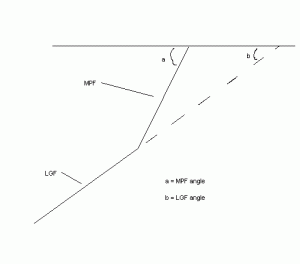Cehrabehra
Super_Ideal_Rock
- Joined
- Jun 29, 2006
- Messages
- 11,071
yes! and even better than a badger (but just barely)Date: 7/18/2007 6:00:07 PM
Author: belle
....better than a llama?Date: 7/18/2007 5:54:41 PM
Author: Cehrabehra
YES! once upon a time....Date: 7/18/2007 5:52:10 PM
Author: belle
*gasp* better than trevor??Date: 7/18/2007 5:49:01 PM
Author: Cehrabehra
that reigned supreme here until we found the mango one in my avatar - omg my kids were just singing that today - not a day goes by without a mango reference LOL Oh, except they DO talk about a magical toe, starting to glow LOLDate: 7/18/2007 5:46:13 PM
Author: belle
lmao....Date: 7/18/2007 5:40:39 PM
Author: Cehrabehra
you know what the cow saw in the parallel universe? Lots of beans, lots of beans, lots of beans, lots of beans.
where is he now? where is the cow?











300x240.png)